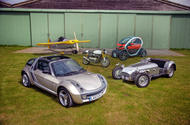Horsepower – it’s not how much you have, it’s what you can do with it
How much power do you need? Or, to put it another way, how little can you get away with?
A couple of weeks ago, I drove the new Mercedes-AMG A35. Very competent, very well made, a splendidly posh interior and very fast.
Its 2.0-litre turbocharged engine produces 306bhp, which is enough to propel the all-wheel-drive A35 from 0-62mph in less than five seconds. Soon Mercedes will follow this car up with a new A45 that is rumoured to have at least 400bhp. That’s 25% more power than the A35, but will it deliver 25% more fun? Of course it won’t. Not that the A35 is exactly fun to drive, it’s just extremely sure-footed and quick.
The horsepower race is completely out of control. A hatchback is warm if it has only 150bhp and a supercar with less than 600bhp, well, it isn’t a proper supercar, is it? It’s all marketing led: engineers know that it’s all nuts and that adding horsepower almost always means adding weight.
You simply don’t need lots of power to have fun, as anyone who has owned a Citroën 2CV will tell you. Or an old Mini Cooper S. In fact, there are plenty of cars that have no more than 100bhp that are a hoot. It’s a nice round figure, 100bhp. Running that number around in my head got me thinking about machines that have that little power but which are huge fun. Not just cars, but motorcycles and other transport devices. Aeroplanes, for example. A Piper Cub is a very basic machine that has as little as 65bhp but which is a joy to fly.
To prove the point, we’ve brought together a collection of wonderful machines, none of which has more than 100bhp – some less than half our maximum, in fact. Some are old and some are new and to counter my reputation as a Luddite, one is even electric. And just wait until you read about the performance of the Cassutt aeroplane that we’ve brought along…
Smart Roadster Coupé Convertible
From £2500
My sister has never heard of Gordon Murray but she has one thing in common with him: they both own Smart Roadsters. They both love them, too, while acknowledging their shortcomings. The little Smart is almost the perfect sports car in miniature, probably as close to an Austin-Healey ‘frogeye’ Sprite as it’s possible to get in the 21st century. Murray, who owns the car in our photographs, is also a Sprite owner.
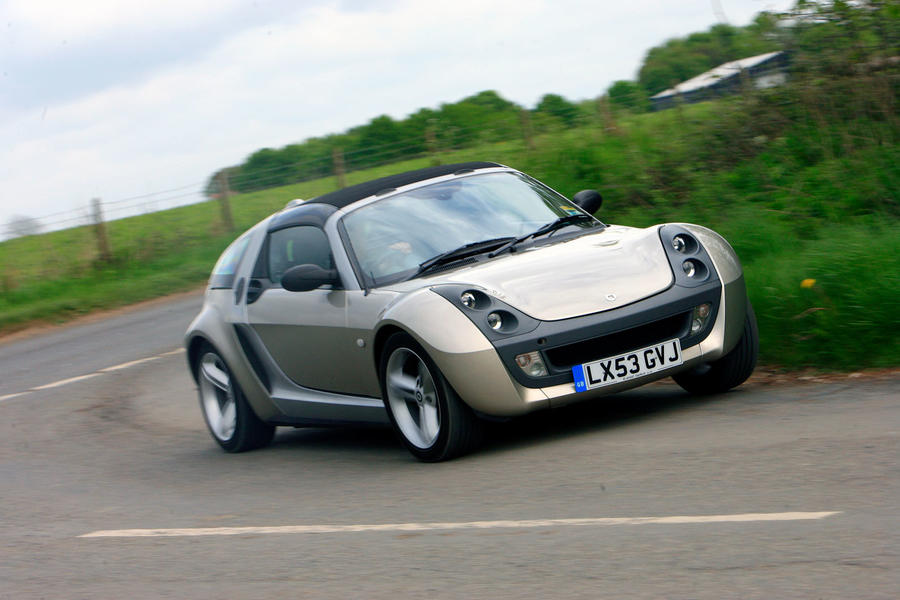
With only 80bhp from its three-cylinder turbocharged motor, the Smart comfortably qualifies for this group. Two versions of the Roadster were produced: the simple Roadster with its notch back and the Roadster Coupé convertible like Murray’s (and big sister’s). The latter is the heavier at 815kg but that’s still light and gives us a power-to-weight ratio of 98bhp per tonne.
What makes this car so much fun is its size. Not only does it mean that you can drive the Smart along country lanes at a rate that you wouldn’t dare maintain in a current Porsche 911 let alone a Ferrari, but it also gives the impression that you’re going far faster than you actually are. And that’s a hell of a benefit in 2019. The Smart’s Achilles heel, apart from possible water leaks, is its six-speed sequential gearbox. It is jerky and unsophisticated but, once you’ve got used to it, allows you to drive the car accordingly – at which point the fun overtakes the irritation.
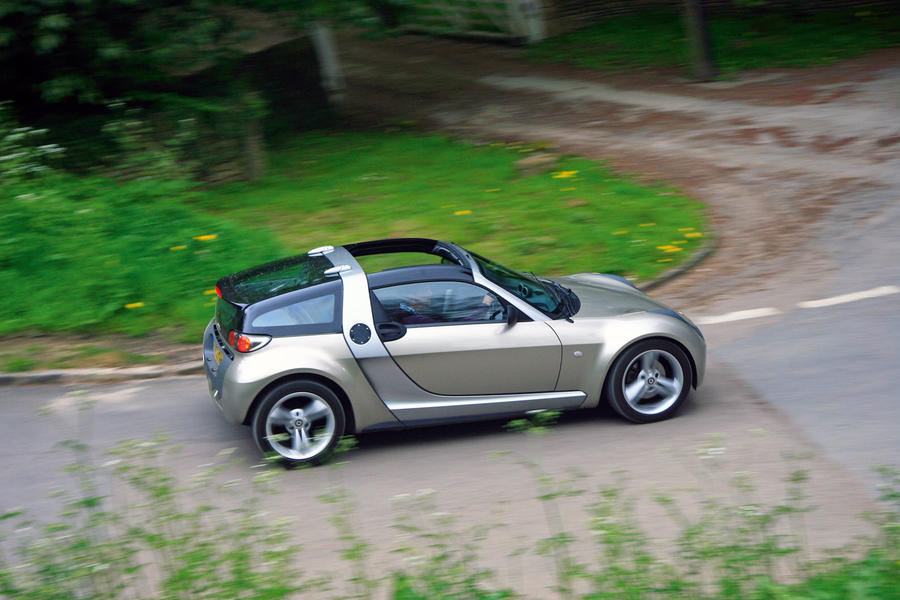
The Smart Roadster had a short three-year life, from 2003 to 2006. It never made Smart money and it cost a packet in warranty claims. If there’s one car that I wish had lived longer and benefited from having its faults sorted, it’s the Smart Roadster. A little gem of a car that seems to get more relevant the older it gets, and one whose flaws are easy to ignore or drive around.
Lotus 6
From £45,000
It’s a common-held belief among those who know that driving something underpowered like a 2CV makes you a better and quicker driver because you learn smoothness and energy management. Now think of that philosophy and apply it to the Lotus 6 you see before you. Built in 1954 in the very early years of Lotus, this 6 is the pure essence of simple motoring. Several powerplants could be fitted, but this one has the most common: a Ford E93a 1172cc side valve, which would have started life in a Prefect. The engine here has an Aquaplane aftermarket cylinder head and twin carburettors, so is probably producing as much as 40bhp.
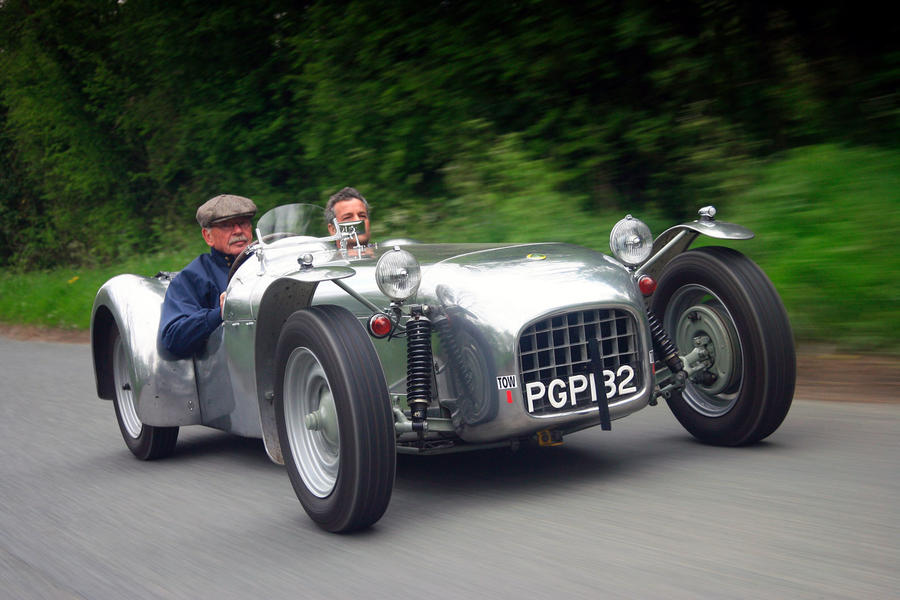
Driving the Lotus 6 requires a level of concentration that drivers brought up with today’s plethora of moment-saving driver assistance systems such as ABS and TCS would be unfamiliar with. The drum brakes behind those skinny 3.5in rims are not even hydraulic but operated by cables. The Ford gearbox is a three-speeder with no synchromesh on first. Over the years, many people have swapped their car’s original worm and roller steering for a more modern rack. Ours still has the former and is rather vague but, because everything about driving this car requires forethought and because it gives such an undiluted experience, it doesn’t matter.
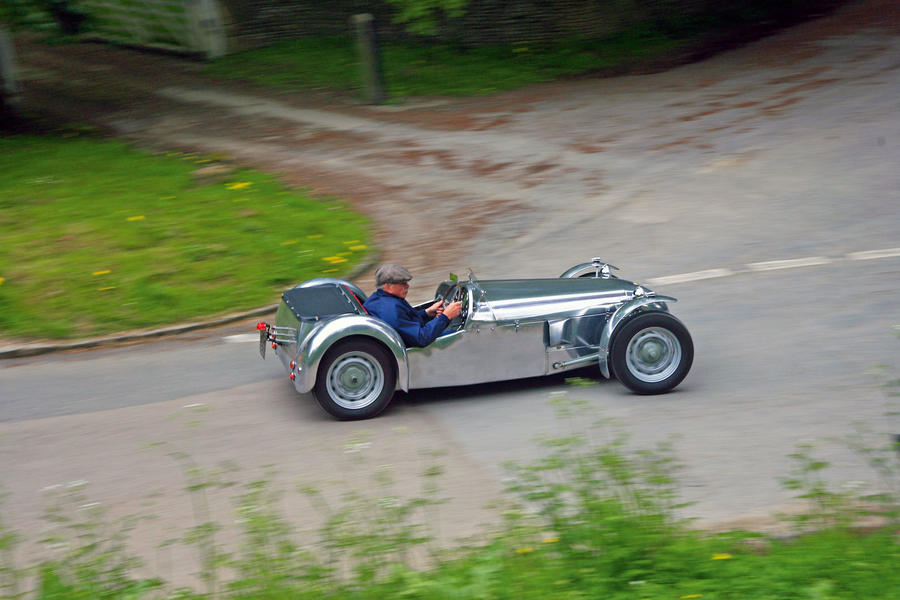
I imagine the lithe little Lotus could have upset a Jaguar XK120 driver on tight roads. Those Jags have power but also poor brakes and marginal road-holding. Whatever, many of the 1960s generation of racing drivers served their apprenticeships behind the wheel of these Lotuses, learning lessons that remain a joy for us to revisit.
Triumph Thruxton R
£12,400
Motorcycles are my longest-running love affair. Years ago, Steve Cropley and I agreed that we’d both rather own a very modest car and a motorcycle rather than some flash sports car and no bike. I’m even more convinced of that today.
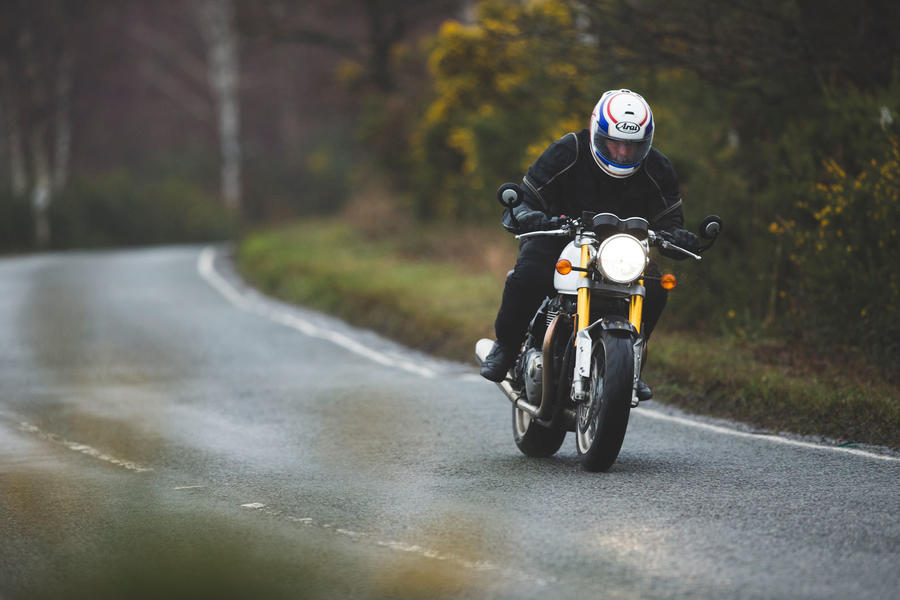
Finding a bike with under 100bhp is easy and so is finding one that is still fast and fun. My choice is this Triumph Thruxton R. It’s powered by a 1200cc inline twin-cylinder water-cooled engine that produces 96bhp. Six-speed gearbox, dry weight of 206kg. The standard Thruxton has the same engine but doesn’t have the sexy Öhlins rear suspension units and upside down Showa front forks or the Brembo monobloc calipers that are fitted to the R model.
Triumph doesn’t publish a top speed for the Thruxton R but it’d be around 135mph – or about 45mph beyond the point at which your arms start to hurt and you feel you’re about to get blown off the back of the saddle. There are Rain, Road and Sport riding modes, but the engine’s power delivery is so smooth that even Sport, with its quicker throttle response, is fine on a wet road.
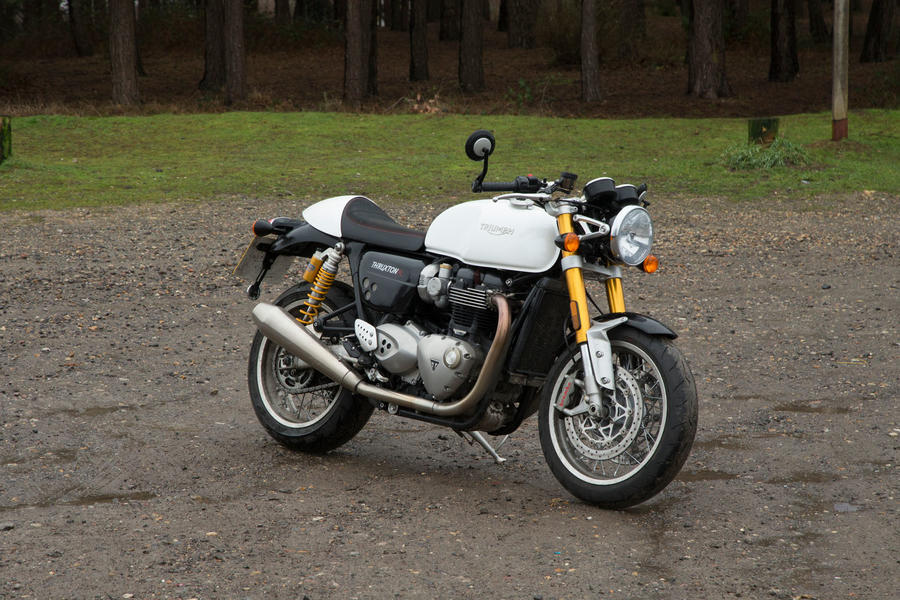
I don’t like old motorcycles. Mostly they’re rubbish, or, more to the point, most don’t handle properly, don’t stop properly, have tyres that don’t grip and are unreliable. I’ve had my share of Nortons, Triumphs and Laverdas and I wouldn’t want any one of them back. Riding this Thruxton R convinces me further. It has lovely handling, the brakes are phenomenal and there’s as much power as you’d ever need.
That said, the vehicle that I most covet is Ducati’s Panigale V4. Not because it has more than 200bhp but because it is so gorgeous with exquisite detailing down to the smallest bolt. And because its engine sounds so outrageous. However, I would feel the same way about it if it had half the horsepower.
Renault Twizy
£7595 (plus battery rental)
A modern car that fits our remit? This took some head-scratching and ultimately a call to Matts Saunders and Prior for help. Suzuki Swift? Not as fun as it used to be. A basic Ford Fiesta? Not good enough. Caterham’s Suzuki-powered 130 would have been great but it’s no longer built. The Morgan 3 Wheeler is an obvious alternative, reckoned both Matts. “Or,” they said, “a Renault Twizy.”
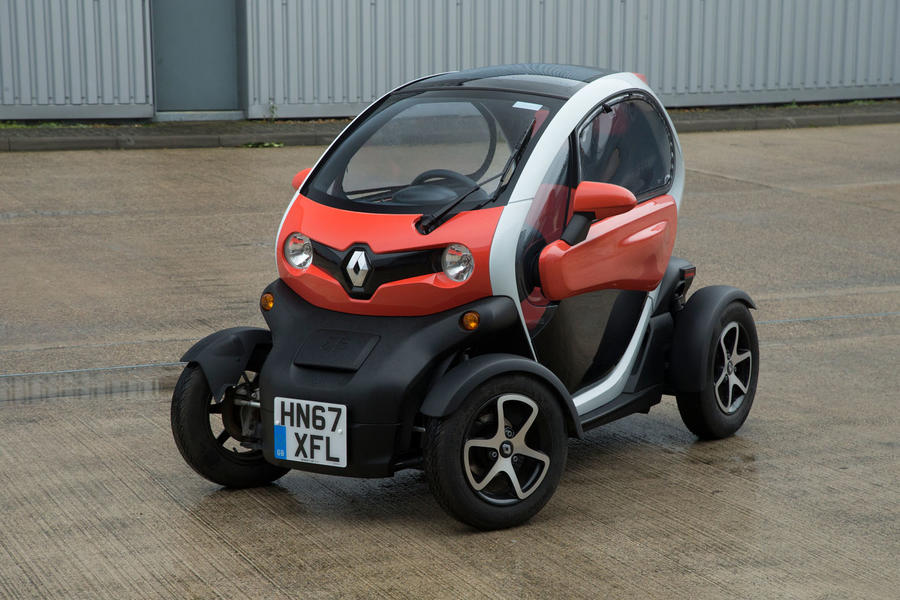
A brilliant suggestion. I haven’t driven one since Renault’s wacky foray into EVs was launched. It certainly comes in well under our 100bhp upper limit, with just 17bhp from its electric motor. Even the new electric world is becoming obsessed with performance, but that’s not a failing with the Twizy and its top speed of just 50mph. At this time of year, you can expect to travel 31 miles on a charge, so with this limited top end and short range, the Twizy is most at home, and most fun, in town.
It’d be even more fun if our urban streets weren’t in such poor repair, because the little Renault doesn’t have a particularly smooth ride. Skinny tyres, rather odd-feeling steering and an unusual perspective on the road make for an entertaining drive – entertaining, as in it’s impossible to stop grinning.
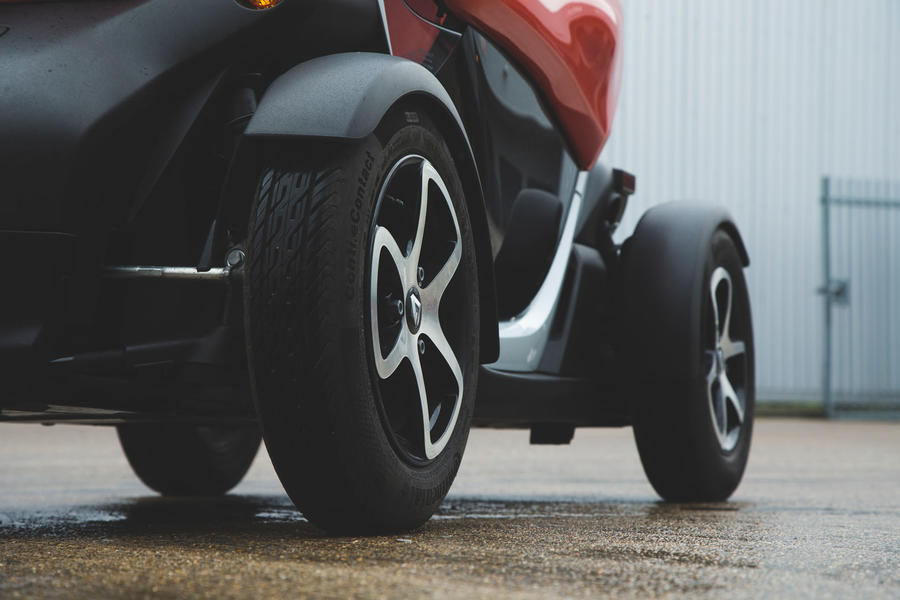
Cassutt Special
£20,000
Now, this little machine really is mind-blowing. It’s called the Cassutt Special and it was originally designed back in 1951 by TWA airline pilot Tom Cassutt, specifically for air racing. The tiny fuselage is a steel tube spaceframe wrapped in fabric, while the wings are all wood with spruce spars and ribs with plywood skins. It’s powered by a Continental 0-200, which is a 200-cubic-inch – that’s 3.3 litres – flat-four air-cooled engine driving a fixed-pitch wooden propeller.
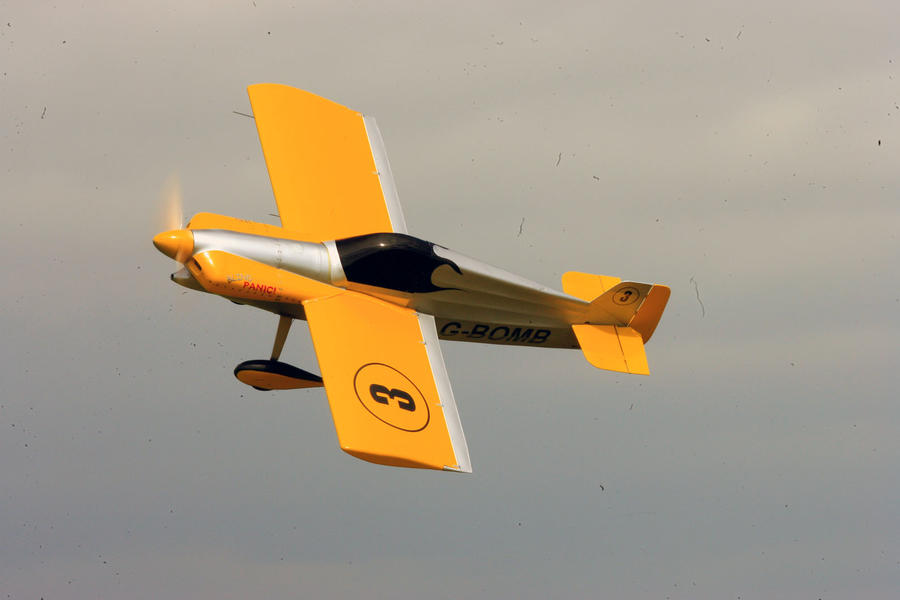
That simple engine produces a modest 100bhp, so it just qualifies the Cassutt for our group. Empty, the aircraft weighs only 276kg. Now to the performance. Ready? This bijou craft will cruise straight and level at 180mph and has a VNE (velocity never exceed) of 248mph. That’s what 100bhp can do for you if you have a low-drag airframe and low weight. Amazing, isn’t it?
If you suffer from claustrophobia, then you won’t like the Cassutt Special. The cockpit is tiny and the old cliché that you ‘wear it’ is almost true. It’s a straightforward aeroplane to fly but it’s the landing that’s not so easy. The snag is that you have to fly the final approach at 100mph, which is faster than most light aircraft and even a Spitfire.
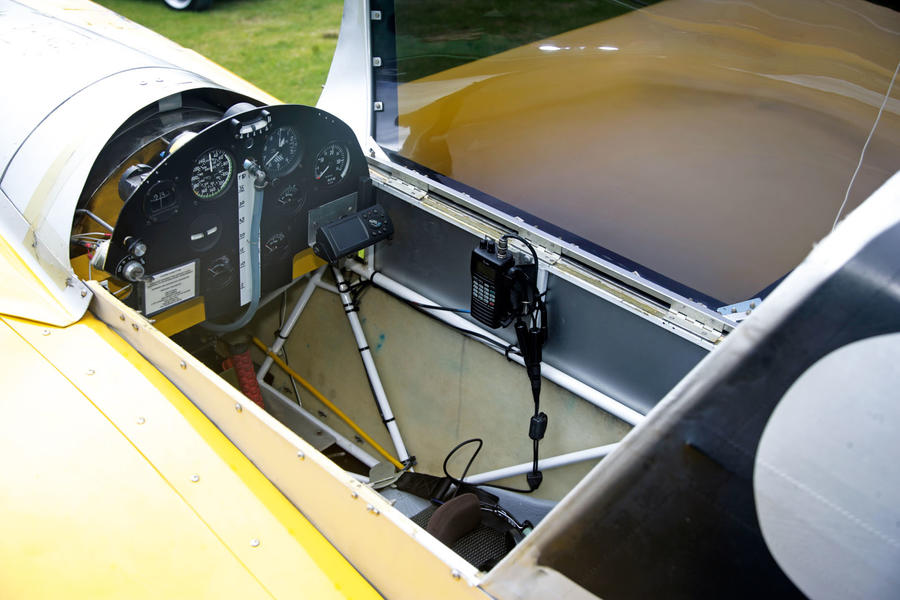
The Cassutt Special has been hugely successful in the famous Reno air races in Nevada and is used today in the rejuvenated F1 air racing championship. If you own a racing car, even if it’s road-legal like a D-Type Jaguar, you need to take it onto a track to properly enjoy it. You don’t need to do the same with a machine like the Cassutt. It is fully aerobatic, so you can loop and roll it on a sunny day and get your kicks from that. And even more fun, you can tear through valleys at over 200mph, pretending that you are a fast jet pilot. Legally, too. Best of all, you can use 100% of the aircraft’s performance. What percentage of a McLaren 720S’s full potential can you use on the road? I’d wager just 30% at most.
The winner
The editor has asked me to pick a winner from these five wonderful machines. What a conundrum. Will I be fired if I choose a vehicle that doesn’t have four wheels? Well, if I never appear again in these pages, it is because the Triumph Thruxton R is my choice. The aeroplane was tempting, but I already own an aircraft that is fast but which can also transport two people and their luggage to Cannes without stopping. The Cassutt can’t do that. The Twizy is too urban-bound for me, while the lovely Lotus is probably a bit too old-fashioned. I think I’d prefer an early 7, perhaps with a bit more power.

In the final reckoning, it was between the Smart and the bike. I’ve already explained my love of bikes and ultimately that’s what swings it. Also, it’s still possible to enjoy the performance of a modern bike on the public road – and, despite today’s ABS, traction control and riding modes, very challenging to ride a bike quickly. Anyway, I’m sure if I ask nicely, my sister will lend me her Smart.
The 100 club alternatives

Massey Ferguson TE20: Known as the grey Fergie, this lightweight tractor was the first vehicle that I steered with my own hands, sat on the lap of a farm-owning family friend in around 1966. My wife’s uncle has one today and I drive it to his local pub in Linton, Yorkshire.
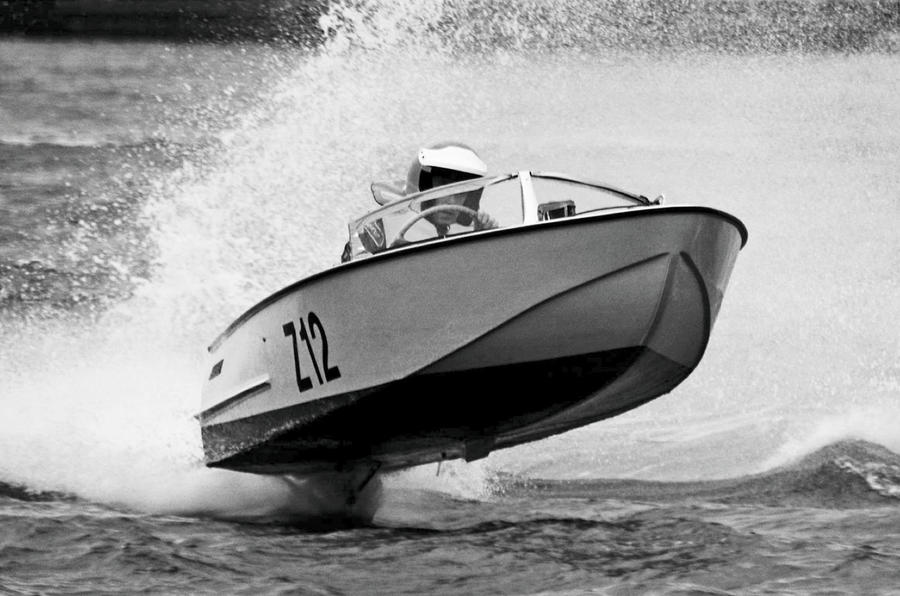
Albatross Speedboat: Speed on water feels twice what it does on land. The aluminium Albatross is the Lotus 6 of the water, not least because it could be fitted with the same Ford E93a engine, or a Coventry Climax engine with which it could do over 50mph. Both Grace Kelly and Brigitte Bardot were owners.
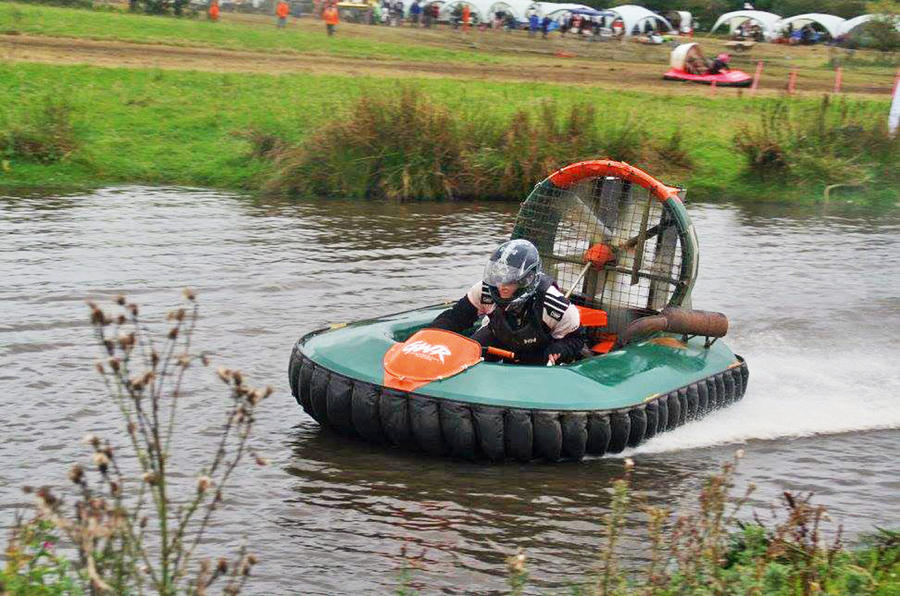
Racing hovercraft: I’ve never tried hovercraft racing but it looks like a lot of fun. I know nothing about the subject but a bit of research reveals that the Hovercraft Club of Great Britain has a class called Formula 35, for 35bhp machines. That, rather than the 200bhp-plus Formula 1 class, seems ideal for the beginner.
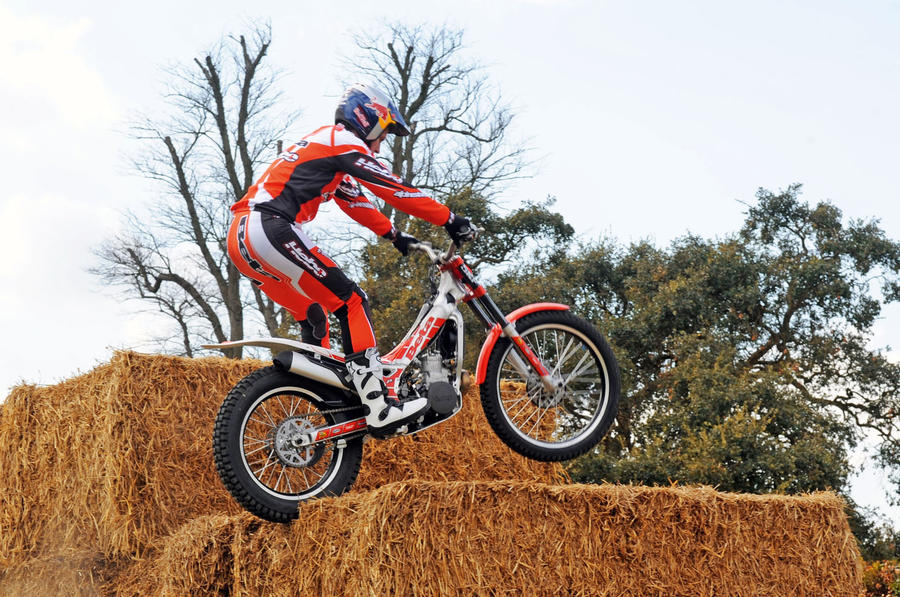
GasGas trials bike: Ever seen the video of trials ace Dougie Lampkin riding around/inside/on top of Goodwood House? Go to it immediately. Trials riding is amazingly good fun. In no other form of motorsport does speed play such little part. Gas Gas makes bikes from 125cc to 300cc, and not even the latter has more than 50bhp.

John Deere X590 lawn tractor: You could cut our lawn with nail scissors it’s so small, so my life’s ambition of owning a ride-on mower looks as though it’ll never be achieved. Still, I want this 22bhp, top-of-the-range John Deere X590. Honda also makes lawn tractors but they’re a bit too, er, Honda-ish.
Read more
Used car buying guide: Smart Roadster
McLaren Senna vs. Alpine A110: can less be more?
The smallest engines ever to power a car
Source: Autocar
